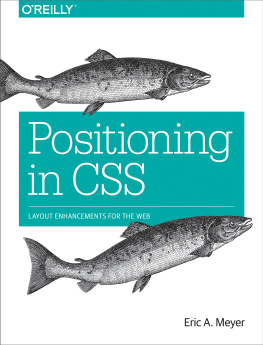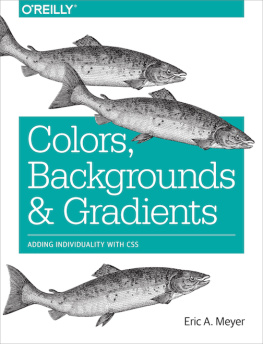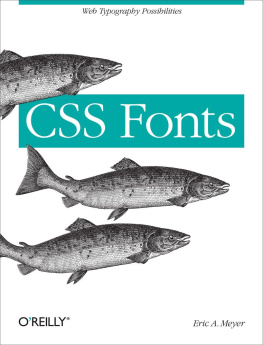Eric A. Meyer - Transforms in CSS: Revamp the Way You Design
Here you can read online Eric A. Meyer - Transforms in CSS: Revamp the Way You Design full text of the book (entire story) in english for free. Download pdf and epub, get meaning, cover and reviews about this ebook. year: 2015, publisher: OReilly Media, genre: Computer. Description of the work, (preface) as well as reviews are available. Best literature library LitArk.com created for fans of good reading and offers a wide selection of genres:
Romance novel
Science fiction
Adventure
Detective
Science
History
Home and family
Prose
Art
Politics
Computer
Non-fiction
Religion
Business
Children
Humor
Choose a favorite category and find really read worthwhile books. Enjoy immersion in the world of imagination, feel the emotions of the characters or learn something new for yourself, make an fascinating discovery.
- Book:Transforms in CSS: Revamp the Way You Design
- Author:
- Publisher:OReilly Media
- Genre:
- Year:2015
- Rating:4 / 5
- Favourites:Add to favourites
- Your mark:
Transforms in CSS: Revamp the Way You Design: summary, description and annotation
We offer to read an annotation, description, summary or preface (depends on what the author of the book "Transforms in CSS: Revamp the Way You Design" wrote himself). If you haven't found the necessary information about the book — write in the comments, we will try to find it.
Present information in stunning new ways by transforming CSS elements in two- and three-dimensional space. Whether youre rotating a photo, doing some interesting perspective tricks, or creating an interface that lets you reveal information on an elements backside, this practical guide shows you how to use them to great effect.
Short and sweet, this book is an excerpt from the upcoming fourth edition of CSS: The Definitive Guide. When you purchase either the print or the ebook edition of Transforms in CSS, youll receive a discount on the entire Definitive Guide once its released. Why wait? Learn how to bring life to your web pages now.
- Create interesting combinations of 2D transforms and fully 3D-acting interfaces
- Learn two types of coordinate systems used in CSS transforms: the Cartesian coordinate system and the spherical system
- Use the transform property to translate, scale, rotate, and skew an element
- Create the illusion of depth by adding perspective to an elementor one perspective to a group of elements
- Reveal the back of an element with the backface-visibility property
Eric A. Meyer: author's other books
Who wrote Transforms in CSS: Revamp the Way You Design? Find out the surname, the name of the author of the book and a list of all author's works by series.

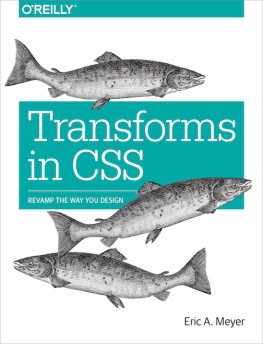
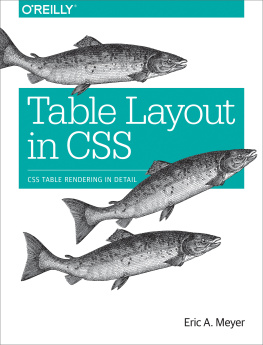

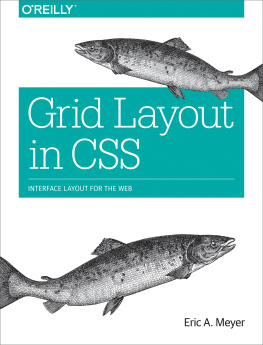

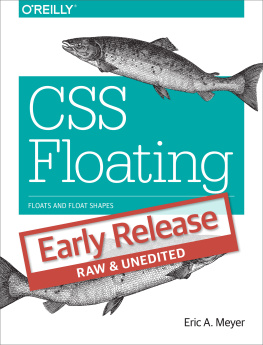
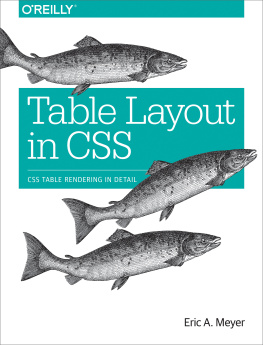
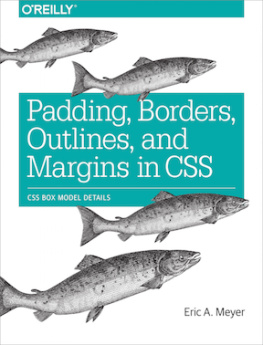
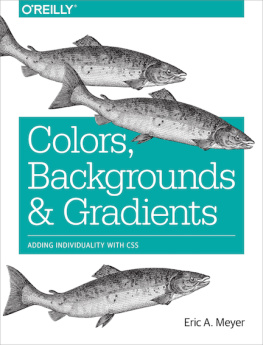
![Eric A. Meyer [Eric A. Meyer] - Padding, Borders, Outlines, and Margins in CSS: CSS Box Model Details](/uploads/posts/book/119142/thumbs/eric-a-meyer-eric-a-meyer-padding-borders.jpg)

